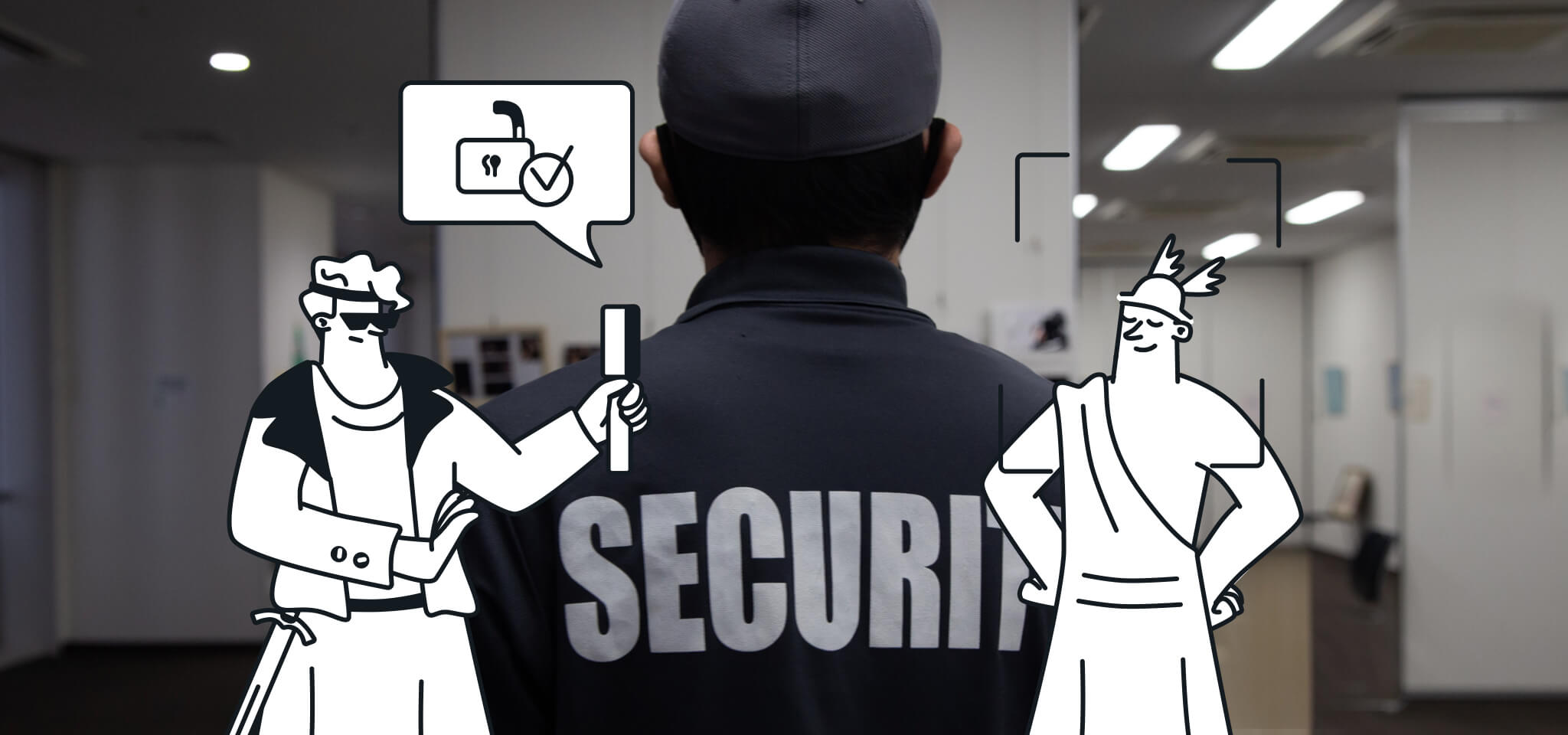Deliverability
Flight School Friday: The history of spam
We take a look back at the history of spam to understand how it all began, the techniques used by spammers and how they're fought.

PUBLISHED ON
The spam folder; it's every email sender's worst nightmare. Being mislabeled as spam hurts your sender reputation and interferes with your future sends. As a business, it's important to follow industry best practices to avoid being blacklisted. ISPs like AOL, Google and Yahoo, have strict policies in place to protect inboxes from being bombarded with harmful or irrelevant messaging.
This Flight School Friday, we'll be delving into the history of spam to get a better understanding of how this tricky business came about.
ARPANET Spam
Spam dates back to 1978, during which Digital Equipment Corporation (DEC) was a major player in the computer industry. Gary Thuerk, Marketing Manager of the DEC, was looking to advertise a new product called the DECSYSTEM-2020. While brainstorming ways to improve the process, Thuerk thought to have his assistant write a single mass email message rather than contacting people individually. Leveraging the power of the ARPANET, predecessor to the World Wide Web, Thuerk blasted the email to 400 individuals he identified would be potentially interested in his product. But to his surprise, his unsolicited message was met with resounding disapproval. Spam was officially born and Thuerk has thereafter been crowned the title of ...Father of e-spam“ .
Chain Email
One decade later, in 1988, college student Dave Rhodes sent an email with the subject line ...Make Money Fast“. The email promised recipients a large return of over $50,000, if they just sent one dollar to a handful of contacts included in the message. Based on the concept of a pyramid scheme, as the chain spread, those included would make more money. Of course, this was a scam, and those who participated never got their money back. To this day, the real identity of ...Dave Rhodes“ remains unclear, but his simple chain email model is so easy to execute that it continues to be replicated by spammers today.
The Rise of Spam
In the mid-90's, spammers began to mature in their techniques. Of these, one of the most famous cases is the ...Green Card Lottery“ scam. Lawyers Laurence Canter and Martha Siegel hired a programmer to write a Perl script that would allow them to post ads to 5,500 Usenet discussion boards in under 90 minutes. In their ad, Canter and Siegel offered to help users fill out the entry form and enter the lottery, a relatively simple process that doesn't typically require legal consult.
Following this incident, many programmers were inspired to use botnets to push massive amounts of unsolicited emails. This strategy helps spammers remain anonymous and escape the law.
Striking back
As spam grew into a more organized practice, it began to catch the attention of ISPs and major businesses. Aware that spam was becoming a sizable threat, ISPs started to develop more efficient anti-spam software to protect consumers. Laws were also put in place to punish spammers. Legislation differs slightly in each country, but in the US, the CAN-SPAM Act puts guidelines in place for all commercial email messages. Under CAN-SPAM, senders are prohibited from using purchased or rented lists from third-party vendors and are required to provide a clear opt-out process. In Europe, Article 13 of the Directive on Privacy and Electronic Communications serves the same purpose.
Independent organizations like Spamhaus and SpamCop have also formed in efforts to help ISPs and Email Service Providers in their fight against illegitimate email senders. These DNS blacklists track spammers and group them onto a list to be blocked by ISPs or pursued by law enforcement.
However, even with these regulations in place, today spam still makes up for 90% of emails sent globally.
What now?
It seems the battle against spam continues to live on, especially with the rise of social media. While it might be a while before we eradicate spam, what we can do is play defense. Learn to send smarter to avoid being marked as spam.
Visit our Anti-Spam Policy page to learn more on the basics and stay tuned for more best practices in upcoming Flight School Fridays!
[ Posted Fri, 06 Jun 2014 22:40:00 ]
Related readings
Popular posts

Top email marketing trends for 2022
To the outsiders, it can sometimes feel like email hasn't changed that much since it was created. Maybe this is why some are so persistent in...
Read more

Reducing email’s carbon footprint
When it comes to protecting our planet, every step toward cleaner practices – small and big – counts. So, what if we told you that emailing, as clean and green as it seems...
Read more

Marketing calendar 2024: Dates you shouldn’t miss this year
We finally got through 2023 (phew!) and Q1 is just around the corner. It’s time for you to start scribbling down your New Year’s Resolutions to make sure we start the year with a bang. If you’ve found your way here, we’re guessing that’s because creating a winning...
Read more



